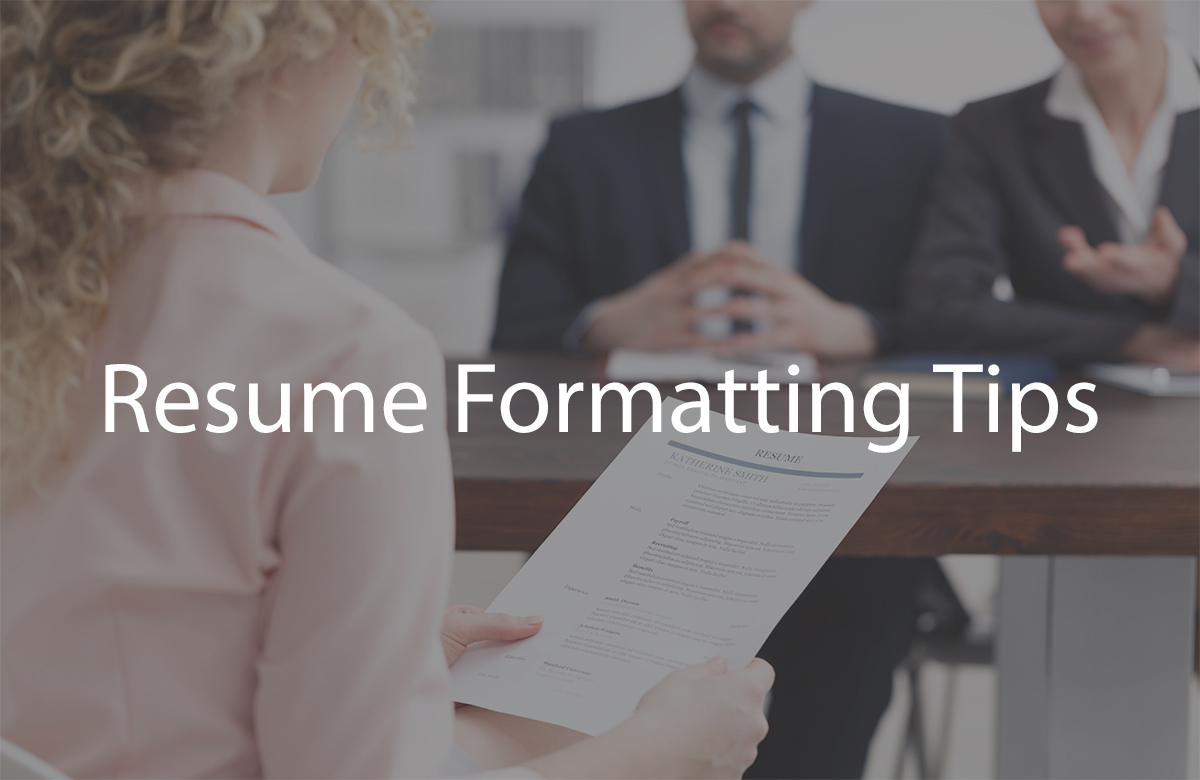
Resume Formatting Tips
Certainly! Here are some resume formatting tips to help you create a clean and professional-looking resume:
Choose a Clean and Readable Font: Use a standard, easy-to-read font such as Arial, Times New Roman, or Calibri. Stick to one font throughout your resume for consistency.
Use a Legible Font Size: Aim for a font size between 10 and 12 points for the main body of your resume. Your name and section headings can be slightly larger to make them stand out.
Use Bulleted Lists: Present your information in concise, bulleted lists to make it easier for recruiters to scan your resume. Use standard bullet points (•) or other simple symbols.
Maintain Consistent Formatting: Ensure that your formatting is consistent throughout your resume. This includes using the same style for headings, subheadings, and text.
Use Bold and Italics Sparingly: Reserve bold and italics for emphasizing important information, such as job titles, company names, or section headings. Overusing them can make your resume appear cluttered.
Set Margins: Use standard one-inch margins on all sides of the page. This creates a clean and balanced layout.
Align Text Properly: Keep your text left-aligned for a neat and organized appearance. Avoid centering text, as it can make your resume harder to read.
Consistent Bullet Point Style: Use the same style of bullet points throughout your resume. For example, if you use filled circles (●) for one job, use the same style for all other jobs.
Add White Space: Ensure there is enough white space around your text to make your resume visually appealing. This makes it easier to read and navigate.
Use Columns Sparingly: While some resumes may benefit from a two-column format, be cautious about using this layout, as it can sometimes be challenging for applicant tracking systems (ATS) to parse.
Use Headers and Footers Wisely: Avoid using headers and footers with important content, as some ATS software may not recognize them. Instead, include essential information within the main body of your resume.
Consider Line Spacing: Use 1.0 or 1.15 line spacing to strike a balance between making your resume look spacious and fitting more content on the page.
Page Numbers: If your resume extends to multiple pages (common for experienced professionals), include page numbers and your name as a header on each page.
Save in a Common Format: Save your resume as a PDF to preserve its formatting across different devices and software. Some employers may prefer Word documents, so be prepared to provide both formats if requested.
Proofread Carefully: Review your resume for any formatting errors, inconsistent spacing, or alignment issues. Pay attention to details, as these can affect the overall professionalism of your document.
Test on Different Devices: Before submitting your resume, open it on various devices (e.g., computer, smartphone, tablet) to ensure it remains readable and well-formatted.
By following these formatting tips, you can create a visually appealing and professional resume that is easy for recruiters to review and understand. Remember that a well-organized and clean format can make a positive impression and increase your chances of getting noticed by potential employers.

Comments are closed.